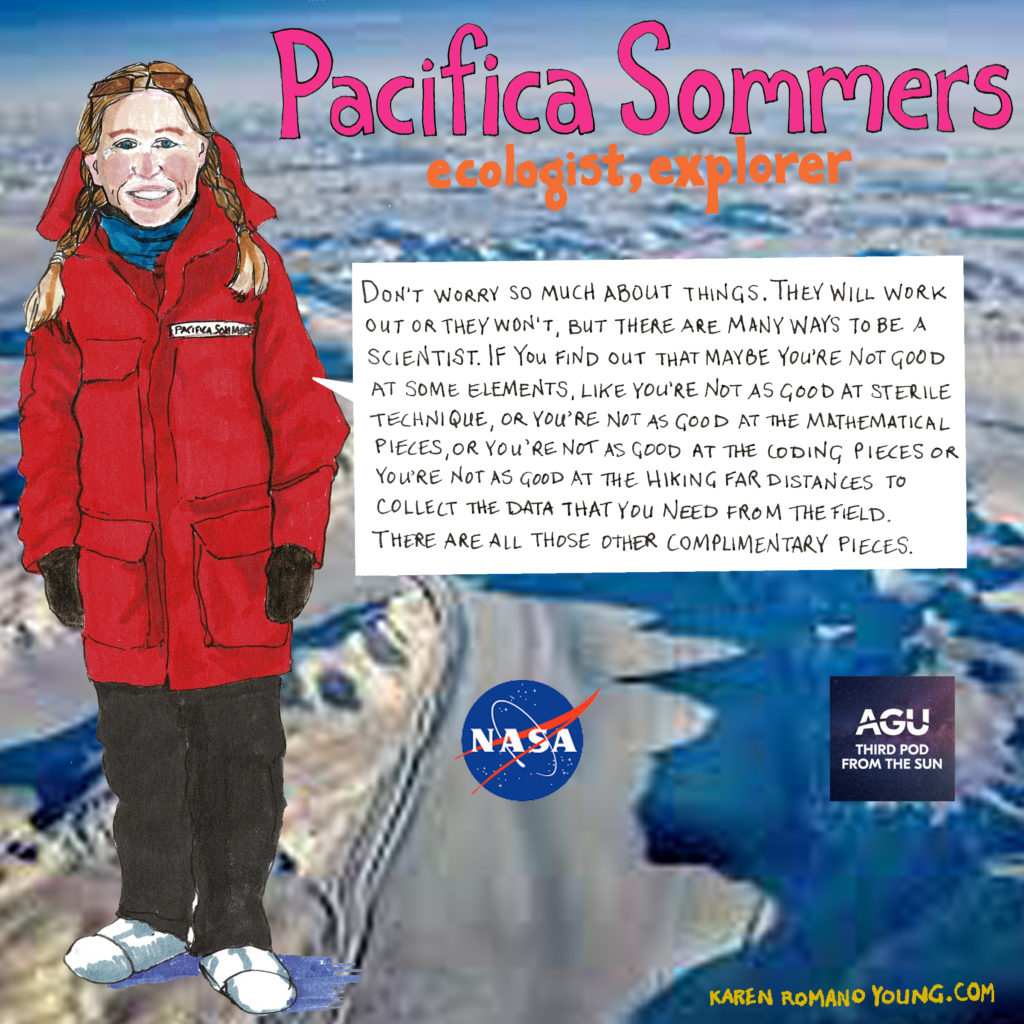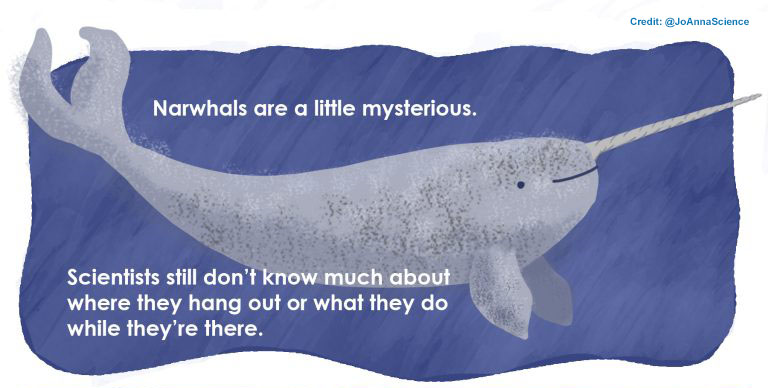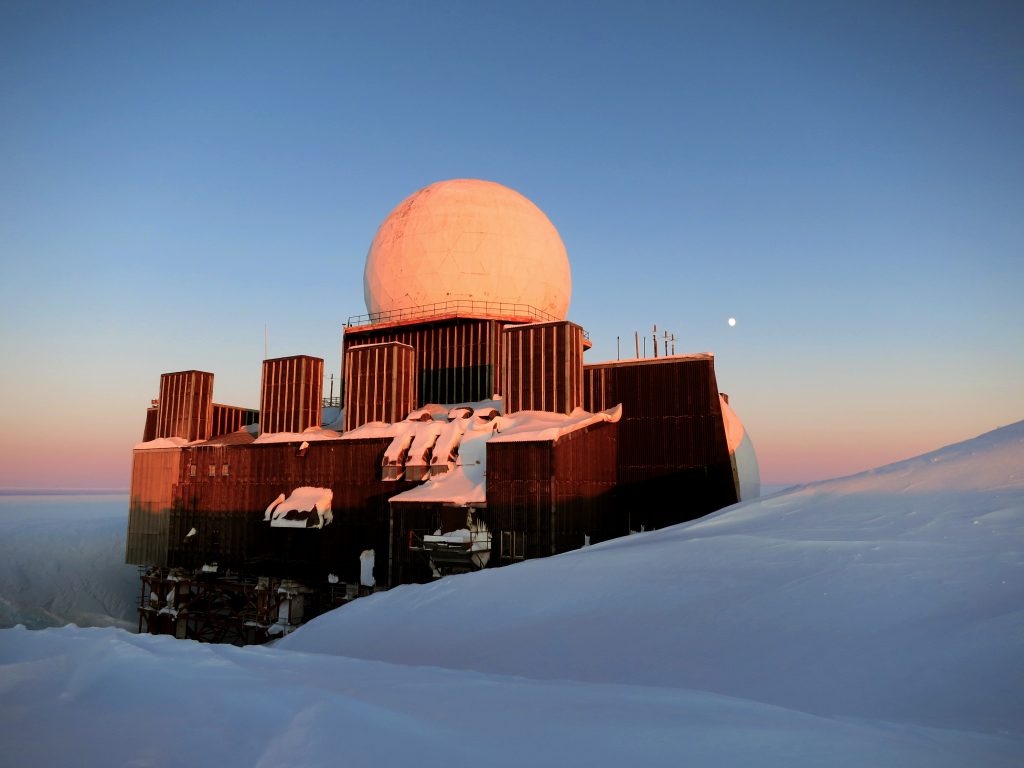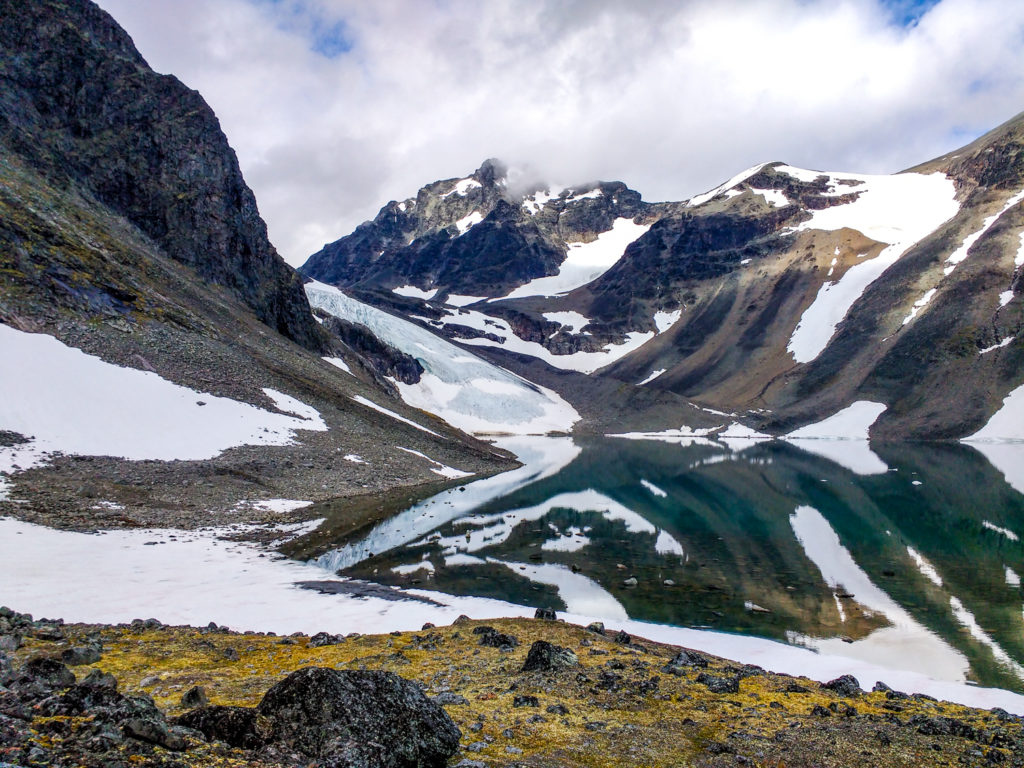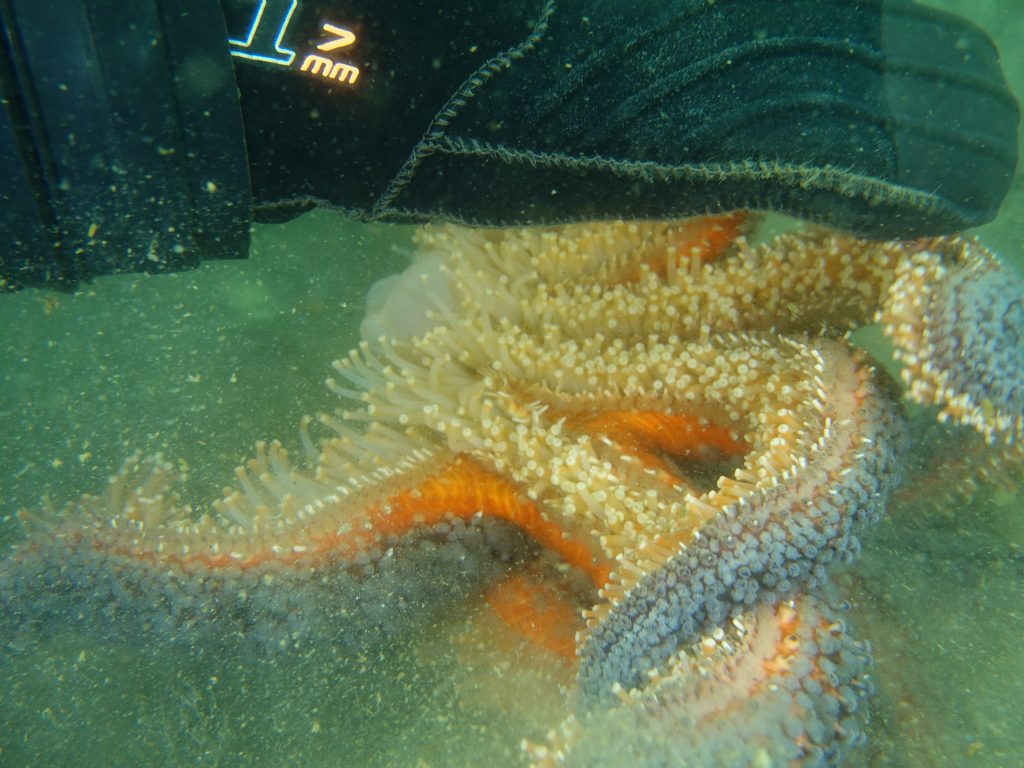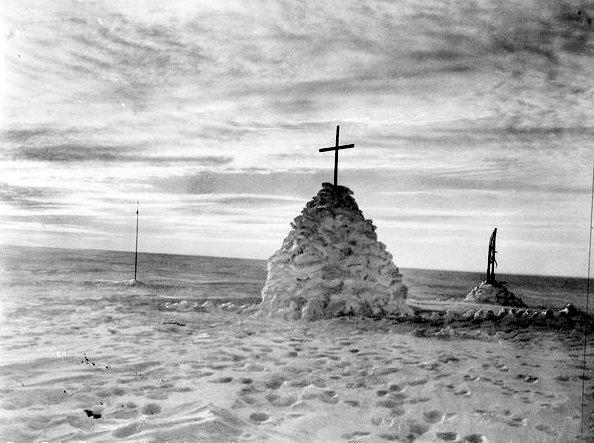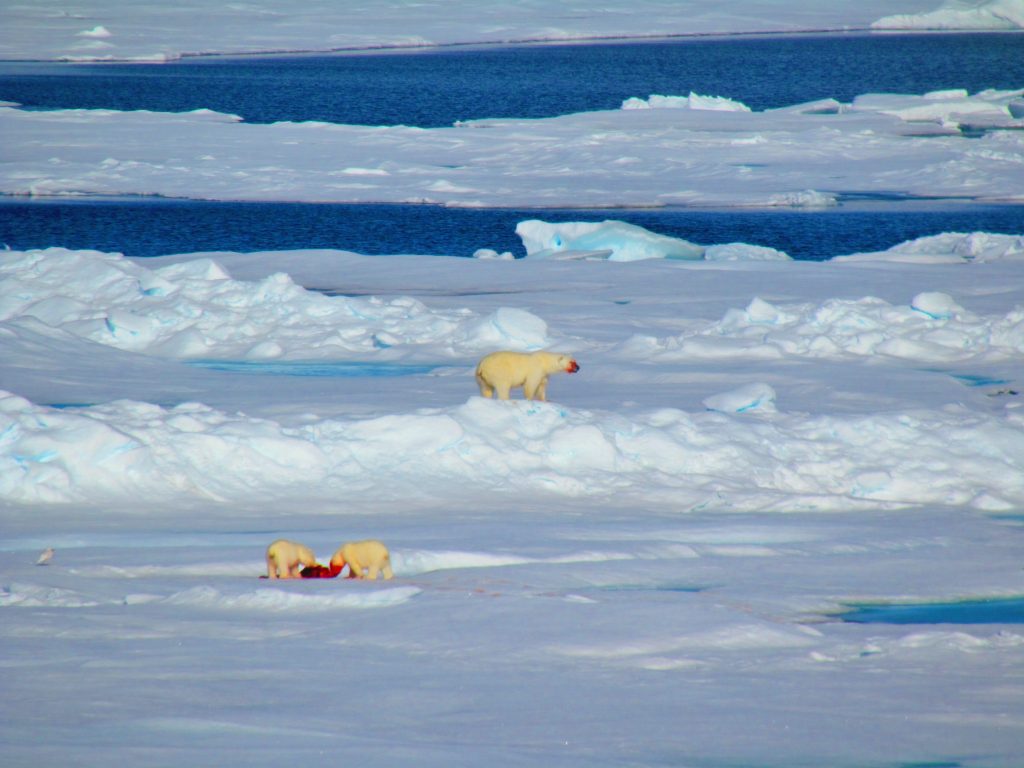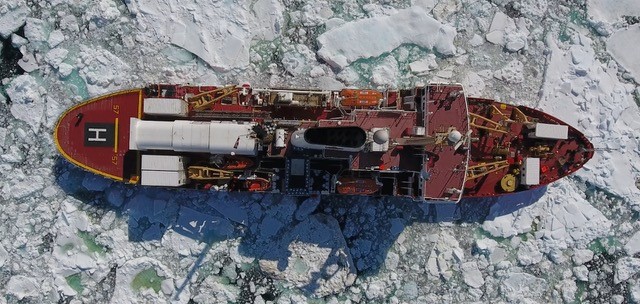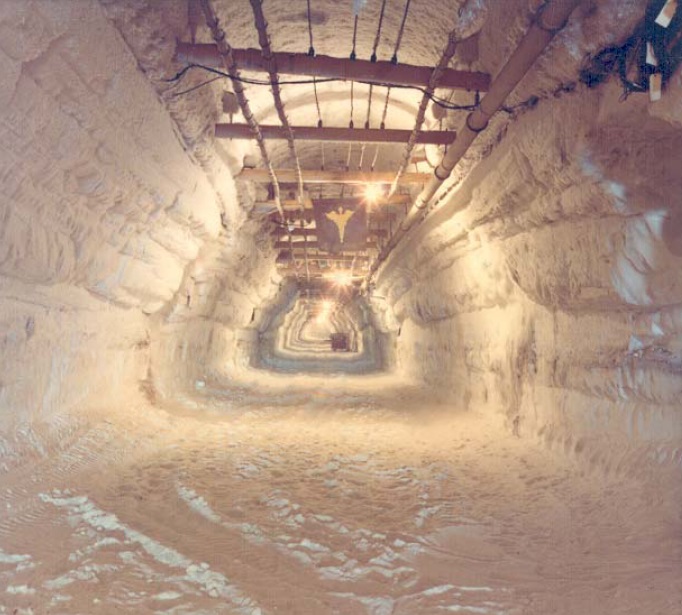Posts Tagged ‘ice’
5-True story: A prop plane, a bucket, and a trip to Antarctica
Pacifica Sommers is an ecologist and explorer. From the deserts of Arizona to the Antarctic tundra, Pacifica has looked at how organisms from tardigrades to pocket mice live in extreme environments. We talked with her about some of the most beautiful places on Earth, the diversity of folks who can be scientists, and what exactly that bucket is for on the flight to Antarctica.
Read MoreStaff Picks: Chasing Narwhals
University of Washington biologist Kristin Laidre travels to the Arctic to study animals many of us have only seen in pictures. She has successfully tracked down the elusive narwhal and been up close and personal with a polar bear seeking to understand how the loss of sea ice and the effects of climate change are altering Arctic ecosystems.
Read MoreStaff Picks: Toxic City Under the Ice
In 1959, the United States built an unusual military base under the surface of the Greenland ice Sheet. Camp Century was a hub for scientific research, but it also doubled as a top-secret site for testing the feasibility of deploying nuclear missiles from the Arctic. When Camp Century was decommissioned in 1967, its infrastructure and waste were abandoned under the assumption they would be forever entombed beneath the colossal sheet of ice.
Read MoreE25 – Antarctica’s Oldest Ice
Drilling engineer and ice core scientist Robert Mulvaney has driven thousands of kilometers over Antarctica in the past few years in a snow tractor, creeping slowly over one of the highest points of the ice sheet, near a location known as Dome C. He’s looking for the perfect place to drill one and a half million years into the past.
Read MoreCE12 – A Nuclear Legacy Buried in Ice
Earlier this year, scientists reported that radioactive fallout from nuclear accidents and weapons testing is present in ice sediments on the surface of glaciers in the Arctic, Iceland, the Alps, the Caucasus, British Columbia and Antarctica.
Read MoreSpecial Release: Deviations from the Norm
One of the most alluring parts of Earth and space science is that much of the key research takes place in the field, in some of the most incredible – and inhospitable – environments on the planet: on treacherous polar ice sheets, aboard sea tossed ships, at the mouths of active volcanoes, beneath turbid ocean…
Read MoreCentennial E6 – A Tale of Two Journeys
In 1911, two competing groups of explorers attempted to be the first to reach the South Pole. In this episode, atmospheric scientist Ryan Fogt recounts the journeys of Robert Falcon Scott and Roald Amundsen and discusses how extraordinary weather that year affected the two polar parties in vastly different ways.
Read MoreE17 – Bonus Clip: Memories of the North
Check out this clip that didn’t make it into our recent episode, Science Turns to Search and Rescue, about some of the wildlife that’s found in the Arctic.
Read MoreE17 – Science Turns to Search and Rescue
The Arctic Ocean is topped with a layer of frozen sea water – sea ice – that grows every winter and shrinks every summer. To study the ice in detail, researchers hop aboard an icebreaker ship that can plow through the sharp, cold ice floes without being damaged.
Read MoreCentennial E4 – Toxic City Under the Ice
In 1959, the United States built an unusual military base under the surface of the Greenland ice Sheet. Camp Century was a hub for scientific research, but it also doubled as a top-secret site for testing the feasibility of deploying nuclear missiles from the Arctic. When Camp Century was decommissioned in 1967, its infrastructure and waste were abandoned under the assumption they would be forever entombed beneath the colossal sheet of ice.
Read More
